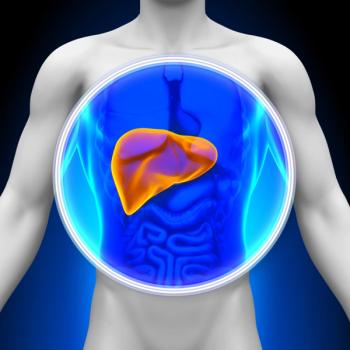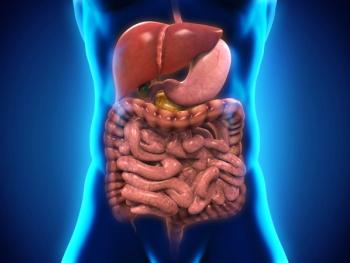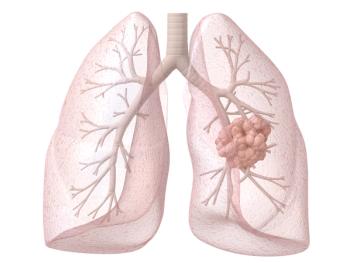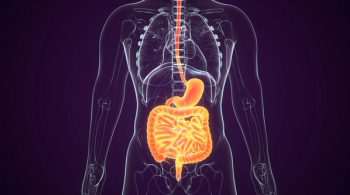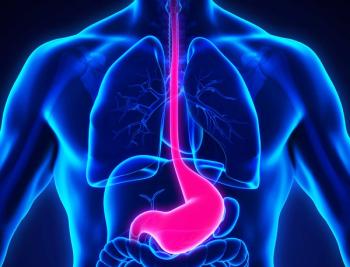
PIPAC Is Minimally Invasive and Tolerable in Peritoneal Carcinomatosis
For patients with peritoneal carcinomatosis, integrating PIPAC into a treatment regimen does not interrupt their systemic therapy.
Pressurized intraperitoneal aerosolized chemotherapy (PIPAC) is a minimally invasive chemotherapy regimen that reduces pain and may benefit patients with peritoneal carcinomatosis when added to systemic therapy, according to Benjamin J. Golas, MD.
In a conversation with CancerNetwork®, Golas, chief of Surgical Oncology and gastrointestinal oncologist at the Central Region of Hackensack Meridian Health, spoke about advantages PIPAC offers over alternative treatment strategies for patients with peritoneal carcinomatosis.
Golas began by describing the procedure, highlighting its properties as a minimally invasive option that reduces adverse effects compared with other modalities. He further explained that the aerosolized nature of the chemotherapy enables optimal distribution of the agent, using the pressure within the abdominal cavity to enter the peritoneal cavity and penetrate tumors. Furthermore, Golas remarked that the procedure takes approximately an hour to perform, with patients often returning home the same day.
Additionally, he suggested that the treatment offers no delay in systemic therapy with debulking surgery or hyperthermic chemotherapy, contrasting it with potentially months of recovery time necessitated with standard chemotherapy. Golas concluded by emphasizing that the seamless integration of PIPAC into a patient’s systemic therapy without the need for dose interruption or reduction while enabling patients to return home shortly after makes the regimen advantageous over other regimens commonly used to treat peritoneal carcinomatosis.
Transcript
PIPAC is a relatively new and novel treatment. It stands for pressurized intraperitoneal aerosolized chemotherapy. [It] is a minimally invasive surgical procedure––a laparoscopic procedure where we don’t make an open abdominal incision. Typically, we make 2 small incisions in the abdominal wall. We place trocars, which allow us to access the abdomen, and place instruments into the abdominal cavity. It’s a very minimally invasive procedure. It does not have a lot of pain or other [adverse] effects.
During the procedure, once we access the abdominal cavity, we deliver [an aerosolized form of] chemotherapy directly to the tumors in the peritoneal cavity. We’re able to use a special device which aerosolizes the chemotherapy. We get good distribution, and we use pressure within the abdominal cavity to help push the chemotherapy into the peritoneal lining to penetrate the tumor and get a more effective treatment. The major advantage of that is a minimally invasive procedure from beginning to end. It can last anywhere from 45 minutes to an hour, and typically, the patients go home the same day of the treatment. It has a radically different impact on the patients and their recovery. It’s a much more straightforward recovery.
The other advantage is that we can integrate it into a patient’s other treatment without any real delays or interruptions. When we do debulking surgery or hyperthermic chemotherapy, patients must stop their systemic treatment for at least a month before…their body recovers. Then, they also need to recover after the surgery before they can resume their systemic therapy. Patients can be off their chemotherapy, at best, [for] a 2- to 3-month period where they’re off chemotherapy and not getting treatment, but certainly in larger procedures, or if patients experience delayed recovery or any complications, they can be off chemotherapy [for] 6 or 9 months or maybe never even receive chemotherapy. With PIPAC, there is no interruption in their care. Patients can stay on their regular treatment doses. We work the procedure into their treatment so that they can [continue to] receive their treatment, go home, and generally have no interruption in their care. [Those are] definitely major advantages of the PIPAC approach.
Newsletter
Stay up to date on recent advances in the multidisciplinary approach to cancer.


